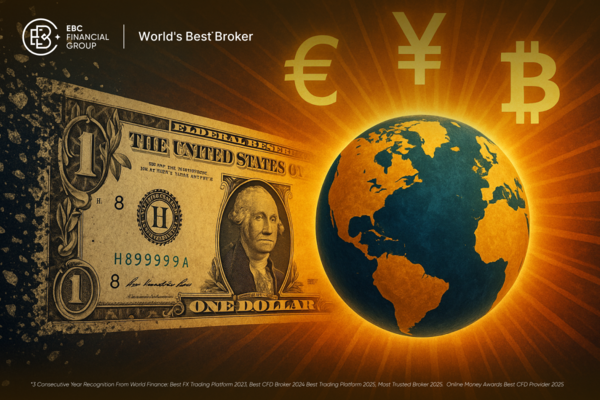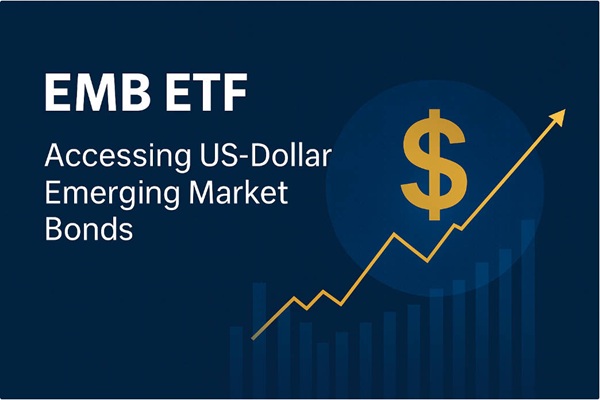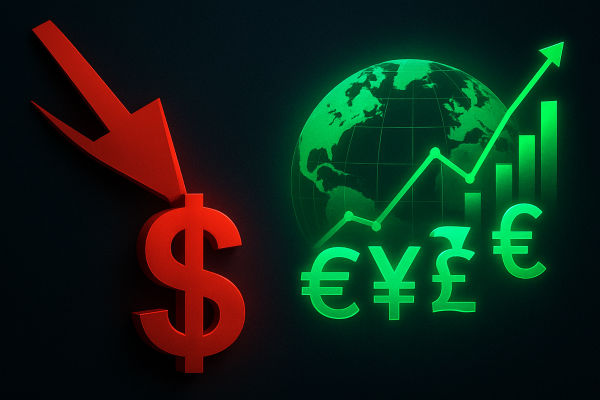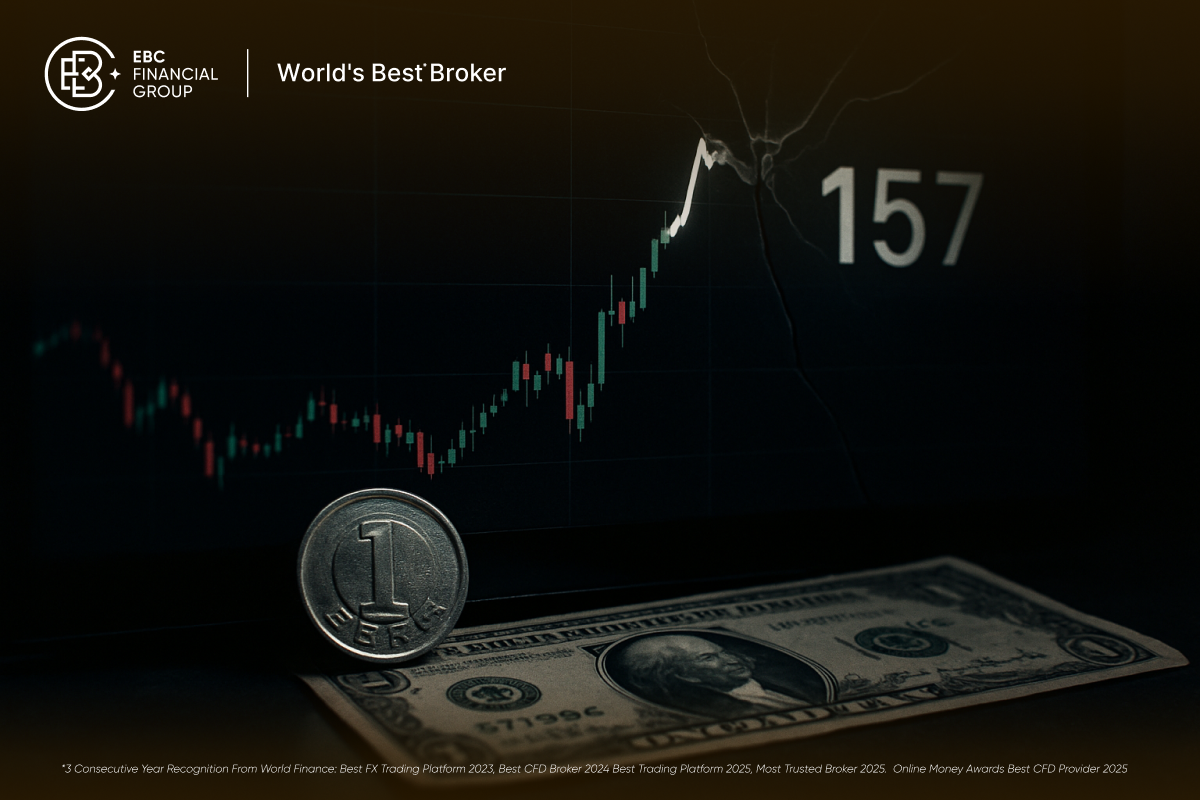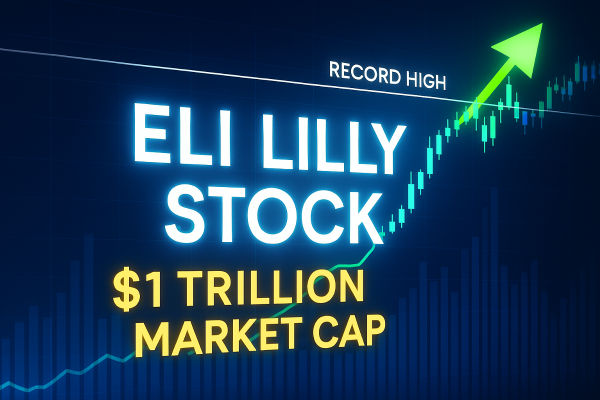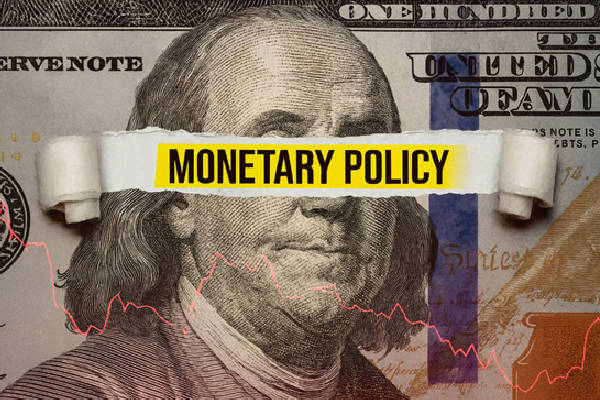Not yet, but the foundations are shifting in ways that could reshape global finance within the next decade. The US dollar's share of global currency reserves fell to 57.7% in the first quarter of 2025, down from 57.8% at the end of 2024, marking a continued erosion of its once-unassailable dominance.
Meanwhile, China holds $3.339 trillion in total foreign exchange reserves (comprising dollars, euros, yen, gold, and other assets) as of September 2025, the highest level since 2015, whilst simultaneously conducting an 11-month gold-buying spree that increased its reserves to 74.06 million fine troy ounces (2,303.52 tonnes) valued at $283 billion.
This strategic pivot from dollars to gold, combined with the electric vehicle revolution threatening the petrodollar system and persistent geopolitical tensions, suggests the dollar's reign as the world's undisputed reserve currency faces its most serious challenge in generations. [1]
China's $3.3 Trillion Reserve: The Silent Power Play

China's foreign exchange reserves reached $3.339 trillion in September 2025, representing the largest forex stockpile of any nation and the highest level China has held since November 2015.
This massive reserve comprises multiple currencies, including US dollars, euros, Japanese yen, British pounds, and gold, giving Beijing significant leverage in global financial markets and the ability to influence currency valuations without direct intervention.
| China's Financial Position |
Current Data (2025) |
| Total forex reserves |
$3.339 trillion (Sept) |
| Gold reserves (volume) |
74.06 million oz / 2,303.52 tonnes |
| Gold reserves (value) |
$283 billion (Sept) |
| US Treasury holdings |
$730.7 billion (July) |
| Peak US Treasury holdings |
$1.317 trillion (Nov 2013) |
| Reduction in Treasuries |
-45% from the 2013 peak |
| Dollar share of reserves (2014) |
58% (latest official data) |
The composition of these reserves tells a revealing story. According to China's State Administration of Foreign Exchange, US dollar assets accounted for 58% of China's total reserves at the end of 2014, the most recent official breakdown available.
Analysts believe the remaining assets are held mostly in euros, Japanese yen, and British pounds, with gold comprising an increasing share.
China has been systematically reducing its dependence on US dollar assets, particularly Treasury securities. From a peak of $1.317 trillion in November 2013, China's US Treasury holdings have declined to $730.7 billion as of July 2025, a reduction of more than 45%.
Record Gold Buying: China's Diversification Strategy
China's central bank, the People's Bank of China, has purchased gold for 11 consecutive months through September 2025, bringing total reserves to 74.06 million troy ounces (2,303.52 tonnes) valued at $283 billion.
The gold buying spree accelerated, particularly in late 2024 and into 2025, with the total value increasing from $254 billion in August to $283 billion in September 2025.
Why China is buying gold aggressively:
Dollar diversification: Reducing exposure to US dollar volatility and potential sanctions
Safe-haven accumulation: Gold provides stability during trade tensions and economic uncertainty
Reserve currency preparation: Building an alternative store of value as a potential dollar replacement
Inflation hedge: Protecting reserves from global inflation and currency debasement
This gold accumulation strategy mirrors behaviour by other central banks seeking alternatives to dollar-denominated assets. The World Gold Council reported that central bank gold buying globally reached elevated levels in 2024-2025 as nations seek to insulate themselves from dollar-based financial system risks.
The Dollar's Declining Reserve Share
The International Monetary Fund's data reveals a gradual but unmistakable erosion of the dollar's dominance in global reserves. The US currency's share fell to 57.7% in the first quarter of 2025, continuing a multi-year downward trend. [2]
| Reserve Currency Composition |
Q1 2025 |
End 2024 |
Trend |
| US Dollar |
57.7% |
57.8% |
Declining |
| Euro |
20.1% |
19.8% |
Rising (highest since late 2022) |
| Chinese Yuan |
2.1% |
~2.0% |
Slowly rising |
| Other currencies |
~20.1% |
~20.4% |
Fragmented |
Whilst these changes appear incremental, they represent significant shifts when measured against the dollar's historical dominance. At its peak in the early 2000s, the dollar accounted for over 70% of global reserves.
The current 57.7% share, though still dominant, reflects ongoing de-dollarisation efforts by countries seeking to reduce vulnerability to US monetary policy and potential sanctions.
The Petrodollar Under Threat: Electric Vehicles Reshape Energy
One of the dollar's strongest pillars, the petrodollar system, whereby oil is primarily traded in US currency, faces an existential threat from the electric vehicle revolution. Industry analysts project that EV adoption will significantly displace oil demand over the coming decade, with substantial implications for dollar-denominated energy trade.
EV impact on oil demand and the petrodollar:
Market penetration: One in four cars sold globally in 2025 will be electric; by 2030, the ratio is expected to reach two in five
Oil demand trajectory: Global oil demand projected to stagnate after 2026 and potentially decline by 2030 as EV adoption accelerates
China's dominance: China sold 11 million EVs in 2024 alone and produces over 70% of global EV manufacturing capacity
Dollar implications: Reduced oil trade means fewer transactions requiring dollar settlement, weakening the petrodollar recycling mechanism
As transportation electrifies, the structural demand for oil diminishes, reducing the necessity for nations to hold large dollar reserves to purchase energy. This undermines one of the key mechanisms that has supported dollar demand for five decades.
Russia-Europe Energy: Lingering Dollar Dependence
Despite sanctions and efforts to diversify, European nations continue purchasing Russian fossil fuels, providing an illustration of how energy trade influences currency dynamics. Russia's share of European energy imports has declined dramatically since 2021, but has not disappeared entirely.
Europe's Russian energy imports:
2021: Russia supplied 45% of EU gas and 27% of oil
2024-2025: These shares dropped to approximately 19% for gas and 3% for oil
Trade continues through pipeline gas and certain oil products despite sanctions
Whilst Europe has successfully reduced Russian energy dependence, the shift away from Russian gas has often meant increased purchases from Middle Eastern suppliers, maintaining the dollar's role in energy transactions even as specific trade routes change.
What Happens If the US Tightens Regulations Further?
The US government's increasing use of financial sanctions and regulatory pressure creates a dilemma. Stricter controls may achieve short-term foreign policy goals but accelerate long-term de-dollarisation as countries seek alternatives to reduce vulnerability.
Potential consequences of continued US regulatory tightening:
Accelerated de-dollarisation: More countries may follow China's model of reducing dollar exposure
Alternative payment systems: Growth of systems like China's CIPS (Cross-Border Interbank Payment System) to bypass SWIFT
Gold as a settlement medium: Increased central bank gold holdings for international trade settlement
Regional currency blocs: Strengthening of non-dollar trade agreements, such as yuan-ruble and euro-yuan arrangements
Digital currency alternatives: Central bank digital currencies could provide technologically advanced dollar alternatives
China's massive foreign exchange reserve holdings give it unique leverage. Whilst Beijing is unlikely to engage in sudden mass selling that would destroy the value of its own holdings, gradual diversification into gold, commodities, and other currencies represents a rational strategy for reducing risk concentration.
The Dollar's Remaining Strengths
Despite these challenges, the dollar retains substantial advantages that prevent the imminent collapse of its reserve status:
Network effects: Decades of dollar-based financial infrastructure remain deeply entrenched
Deep, liquid markets: US Treasury markets remain the world's most liquid, essential for reserve management
Alternative weaknesses: The euro faces structural EU challenges; the yuan lacks convertibility and transparency
US economic size: The US economy remains the world's largest and most innovative
Military power: US military dominance reinforces dollar acceptance in international transactions
JPMorgan analysts note that whilst de-dollarisation is occurring, "any transition would be gradual" given the lack of a clear successor currency with comparable advantages. [3]
The Outlook: Erosion, Not Collapse

The US dollar is not on the verge of losing its reserve currency status overnight, but the evidence points to a slow, structural erosion of its dominance over the coming decade.
China's strategic repositioning from dollars to gold, the EV revolution undermining the petrodollar, and the growing desire among nations to reduce dollar dependence all contribute to this shift.
The most likely scenario is a multipolar reserve currency system where the dollar remains important but shares prominence with the euro, yuan, and potentially gold.
This transition carries significant implications for US borrowing costs, inflation, and global financial stability. For now, the dollar's reserve status remains secure, but the cracks in its foundation are becoming increasingly visible.
Disclaimer: This material is for general information purposes only and is not intended as (and should not be considered to be) financial, investment, or other advice on which reliance should be placed. No opinion given in the material constitutes a recommendation by EBC or the author that any particular investment, security, transaction, or investment strategy is suitable for any specific person.
Sources
[1] https://tradingeconomics.com/china/foreign-exchange-reserves
[2] https://www.reuters.com/business/dollar-cedes-ground-euro-global-reserves-imf-data-shows-2025-07-09/
[3] https://www.jpmorgan.com/insights/global-research/currencies/de-dollarization
